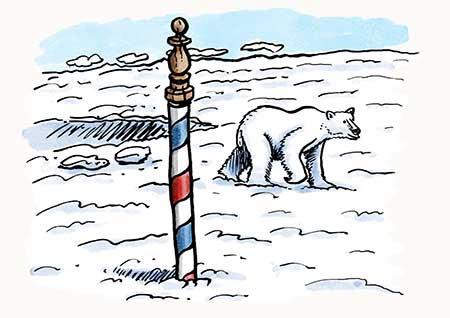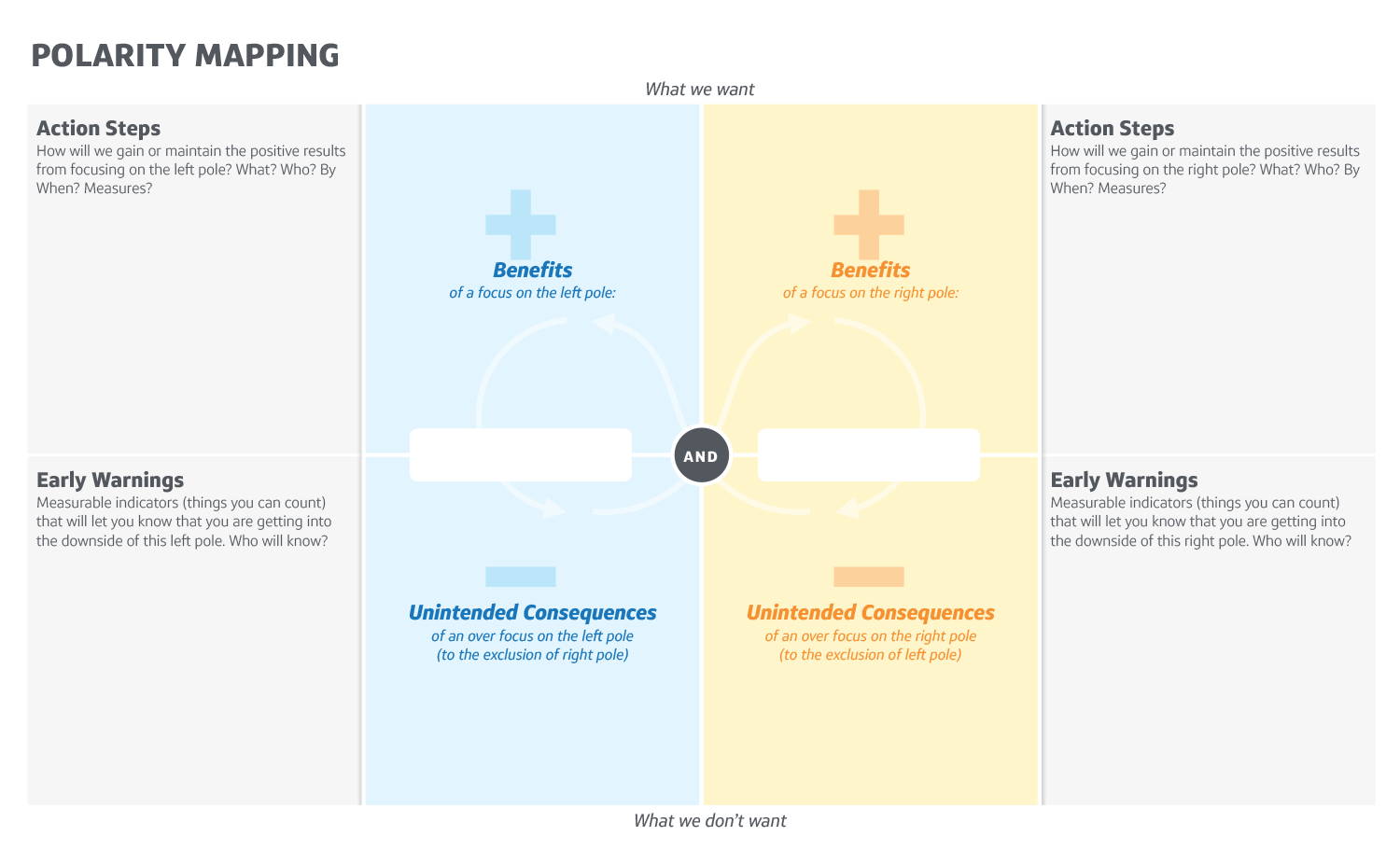
In the spirit of the Holiday season, I want to pass on a gift I was recently given.
But first, some context:
The problems we face are increasingly complex.
- Changing organizations.
- Platforms with multiple customers, often with competing interests.
- Getting teams of teams to coordinate their work.
- Planning for the future, when whole industries can change with a single announcement.
- Business models that are anything but straightforward.
- How to design with and for increasingly sophisticated technologies.
- Innocent enough asks that require us to navigate up zoom levels, to solve properly.
As designers, we’re more accustomed to ambiguity and complex situations, and likely more suited for these kinds of challenges. But, it’s not about us. We have to work at a broader scale. Which means, we also have to work with others who bring their own unique — and valuable — mindsets. For these interactions, I’m increasingly looking for tools to help whole teams (across functional groups) and entire organizations (across silos) tackle the complex challenges head on, together, without dumbing down the challenge. We have plenty of simple tools for simple problems. And I’m sure we’ve experienced failed attempts to dumb down necessarily complex problems. We need tools suited for the complexities of the 21st century. Where there are activities that can help us think in systems and work through complex, nuanced tensions, we need more of these. And, we need to all be aware of and able to use these thinking tools when needed.
In 2019, I’ll be looking for, curating, and sharing those tools and activities that might help us tackle our most pressing and complex issues.
But, why wait to get started?
Recently, I was looking for the just right exercise for an in-house training. I needed some way to facilitate a fruitful conversation around a tension where there is no clear “right” answer. Specifically, how do we navigate the tension many teams feel between (a) doing good upfront research and planning —vs— (b) getting a working, testable, product into people’s hands.
To navigate tensions such as the one I described, a colleague introduced me to Polarity Mapping. In the spirit of the season, and in the spirit of sharing that the free an open internet was founded upon, I want to pass this on to you, to use and extend.
Of course, like the gift that’s too big to put under the tree, this one is also too large for our little UX advent calendar. To find out more about how to run a session and use this tool, and to ‘unwrap’ the rest of this gift, please head over to UX Mastery for a full introduction to Polarity Mapping.
Enjoy. Pass it on. And Happy Holidays.


